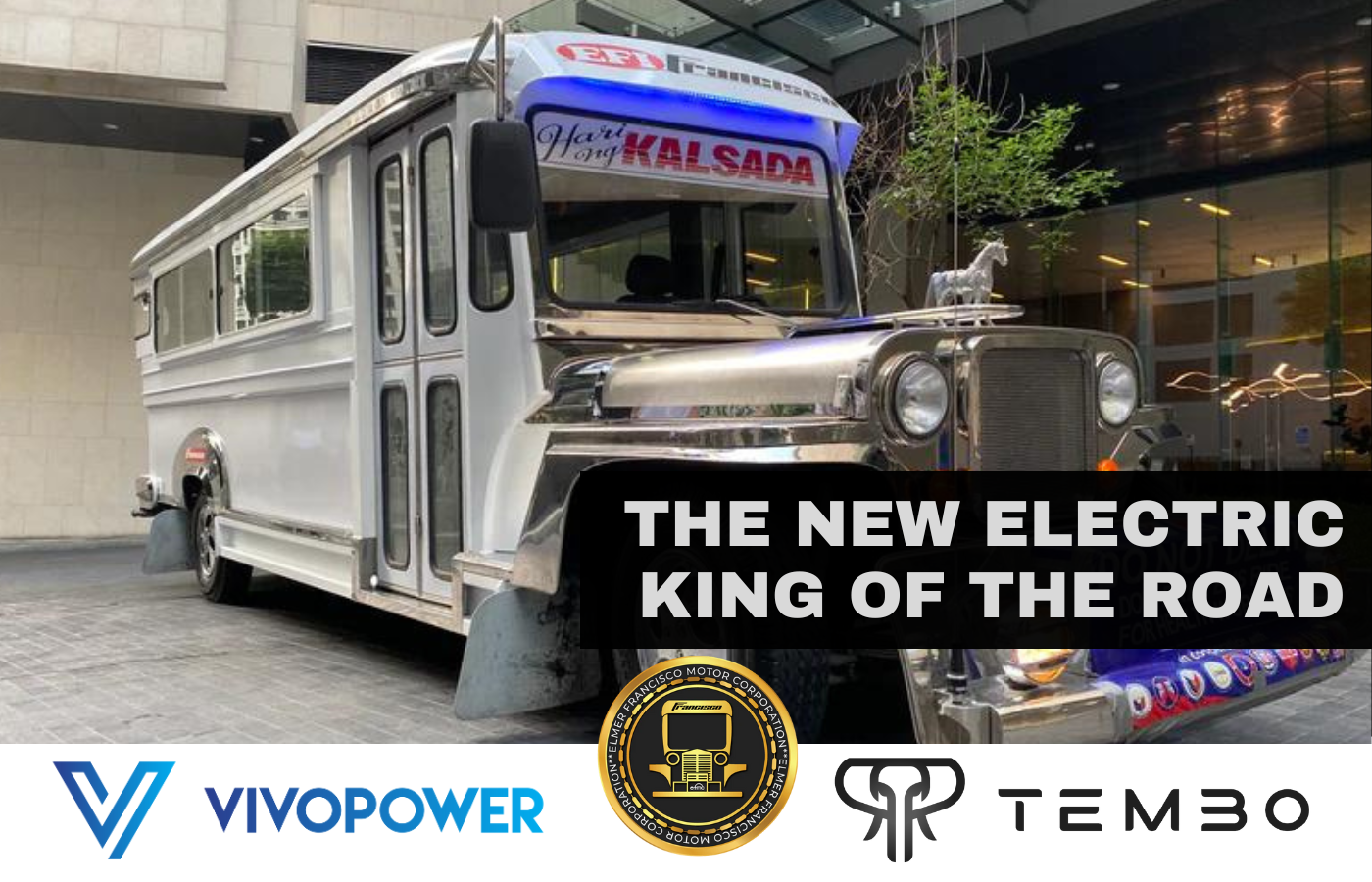Enhance Brand Get To with Transit Advertising Philippines
Enhance Brand Get To with Transit Advertising Philippines
Blog Article
Comprehending the Duty of Transportation Marketing in Enhancing Brand Presence and Customer Involvement
Transportation advertising has actually emerged as a critical aspect in the advertising and marketing landscape, supplying one-of-a-kind possibilities for brands to raise their presence and engage customers successfully. With the ability to reach a restricted and diverse audience during their day-to-day commutes, these advertising and marketing techniques are not merely concerning visibility; they have to do with producing purposeful links with prospective customers. As we explore the multifaceted benefits and cutting-edge strategies within transit advertising and marketing, it becomes necessary to think about just how these elements collectively influence consumer understanding and behavior, questioning about their long-term influence on brand commitment.
Interpretation of Transportation Advertising And Marketing
Transit marketing refers to the technique of advertising products, services, or brand names with promotions positioned around public transportation systems. This form of marketing incorporates a selection of positionings, including posters on buses and trains, digital displays at transit stations, and covers on the exterior of lorries. It aims to reach a varied target market, profiting from the high foot website traffic related to public transit.
Transit advertising and marketing is tactically positioned to catch the attention of travelers, who typically invest considerable time taking a trip or waiting. By incorporating promotions right into the everyday routines of people, brand names can create a lasting perception and foster brand name recognition. The tool is specifically effective in city environments, where public transportation is a primary setting of travel.
Furthermore, transit advertising and marketing can help with local targeting, enabling businesses to get to specific demographics based upon transit courses and station locations. As city populaces expand and using public transportation increases, this advertising and marketing method has gained prominence as an important element of incorporated marketing techniques. The dynamic nature of transportation marketing, integrated with its ability to engage consumers in a captive environment, highlights its value in contemporary advertising methods.
Benefits of Transportation Advertising
The performance of transportation marketing depends on its capacity to supply a multitude of advantages to brands seeking to improve exposure and engagement. Among the key advantages is the comprehensive reach it uses; transportation ads can properly target diverse demographics throughout city locations, reaching both pedestrians and travelers alike. This wide direct exposure considerably boosts brand name understanding.
Another benefit is the high frequency of impacts. As transit vehicles follow recognized paths and quit at multiple locations, they develop recurring exposure that strengthens brand name messages. This regularity cultivates experience, which is essential in consumer decision-making.
Transportation advertising and marketing is also cost-effective compared to other media systems. Offered its large reach and possibility for high impacts, brand names often experience a reduced price per thousand perceptions (CPM), optimizing their advertising and marketing spending plan.
In addition, transportation ads can create a sense of neighborhood link. By straightening with local transit systems, brands can resonate with regional audiences and promote a feeling of neighborhood satisfaction. This localized strategy improves brand name commitment and involvement, making transit marketing an engaging choice for businesses aiming to strengthen their presence in the market.

Reliable Strategies for Transportation Campaigns
To make the most of the impact of transportation projects, brands ought to utilize critical planning and implementation customized to their target market. First, determining the group features of the target market utilizing public transit is essential. This permits brand names to produce customized messaging that reverberates with potential customers.
Next, selecting the appropriate transit tools is vital. Whether making use of bus wraps, subway posters, or digital displays, each tool has one-of-a-kind benefits that can boost exposure. For circumstances, vivid visuals on bus wraps can stand out, while electronic ads can be updated regularly to mirror prompt promos.
Furthermore, integrating a cohesive branding method across transportation systems ensures consistency and enhances the brand's identity. Utilizing appealing layouts and remarkable taglines will certainly reinforce brand recall among travelers.
By utilizing these techniques, brands can efficiently harness the potential of transit advertising and marketing, cultivating greater understanding and connection with their target read this article audience. Ultimately, a well-executed transportation project can drive significant development in brand presence and consumer engagement.

Determining Influence and Engagement
In examining the efficiency of transportation ad campaign, accurate dimension of effect and you could try these out interaction is essential for brand names looking for to enhance their advertising and marketing strategies. Metrics such as reach, regularity, and impacts give fundamental data to evaluate visibility. Analyzing these aspects helps establish exactly how numerous prospective consumers are subjected to the ads throughout their daily commutes.
Involvement can be further determined through consumer interactions, such as site traffic, social media sites points out, and direct responses to calls-to-action featured in the advertisements. Utilizing devices like QR codes or unique URLs can promote tracking of customer behavior straight linked to transportation campaigns. Surveys and responses devices likewise function as important methods to gather qualitative data on consumer perceptions and recall of the promotion.
Additionally, progressed analytics and attribution designs can associate transit exposure with succeeding acquiring actions, offering insights right into the return on investment. By employing a thorough strategy that incorporates qualitative and measurable steps, brand names can create a nuanced understanding of their transit advertising and marketing effect. Eventually, this data-driven strategy allows brand names to refine their projects, ensuring they resonate successfully with target market and improve general brand visibility.
Situation Researches of Effective Projects
Successful transportation ad campaign serve as engaging examples of how effective strategies can raise brand name presence and involvement. Transit Advertising Philippines. One remarkable instance is the "I Love New york city" project, which transformed the city's photo and drew in millions of visitors. By utilizing metro ads, signboards, and bus wraps, the project produced a solid, natural brand name identity, resulting in a substantial uptick in tourist and local company patronage
Another exemplary campaign is Coca-Cola's "Share a Coke" effort, which leveraged transportation marketing to individualize the brand experience. By featuring prominent names on marketing materials throughout various transit systems, Coca-Cola cultivated a much deeper psychological connection with consumers, encouraging them to share their experiences on social media sites.
In addition, the "Got Milk?" project effectively made use of public transport advertisements to get to a broad audience, reinforcing the message of the importance of milk in a well balanced diet. The campaign saw a measurable increase in milk consumption in target demographics.
These study highlight that when implemented thoughtfully, transportation marketing can considerably enhance brand click resources presence, foster customer interaction, and drive quantifiable results, demonstrating its important role in modern advertising and marketing approaches. - Transit Advertising Philippines
Conclusion
In verdict, transportation marketing serves as an essential device for enhancing brand visibility and fostering customer engagement. Eventually, the capability to determine interaction and evaluate effective situation studies highlights the efficiency of transportation marketing in driving brand loyalty and consumer interactions.
Transit marketing has actually arised as a critical element in the advertising and marketing landscape, offering distinct opportunities for brands to boost their exposure and engage consumers properly.Additionally, transit advertising can help with localized targeting, permitting services to reach certain demographics based on transit courses and terminal places.In examining the effectiveness of transportation marketing projects, accurate measurement of effect and engagement is important for brand names seeking to maximize their advertising and marketing approaches.Successful transit marketing projects offer as compelling examples of how effective strategies can boost brand visibility and involvement.In conclusion, transit advertising and marketing offers as an important device for improving brand name visibility and promoting consumer interaction.
Report this page